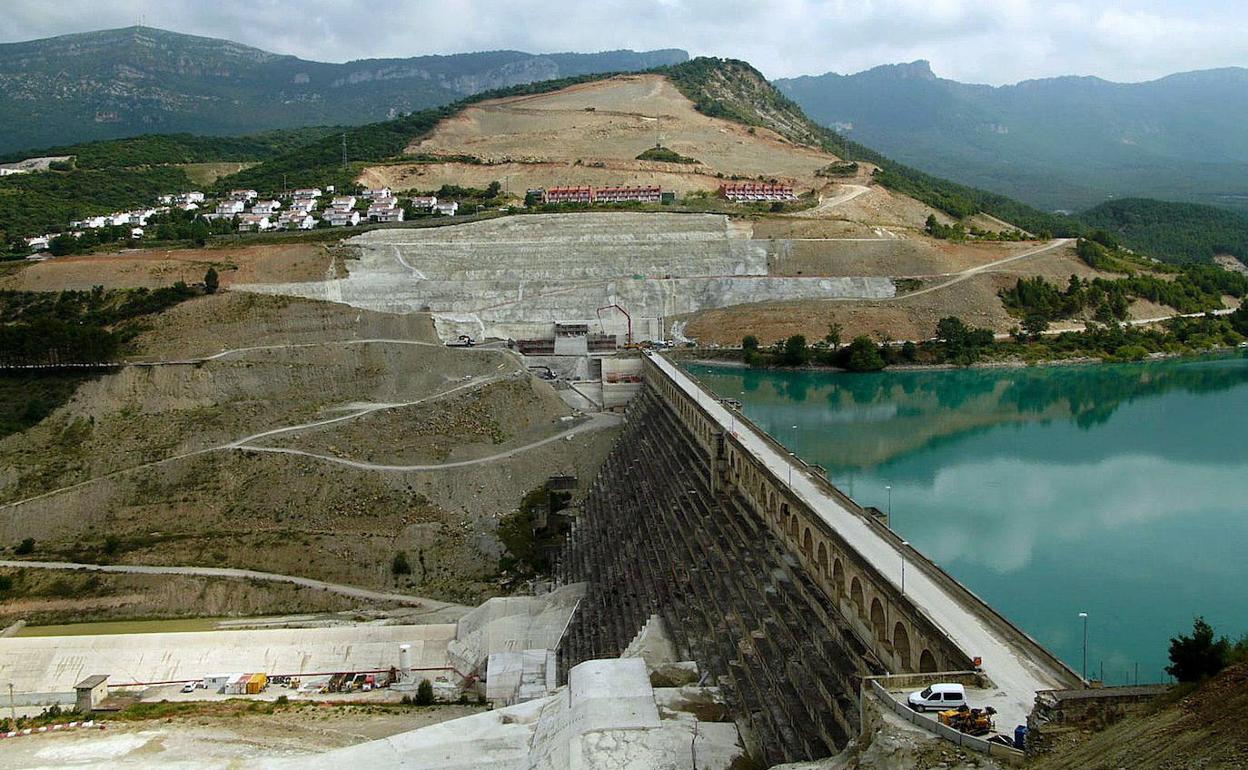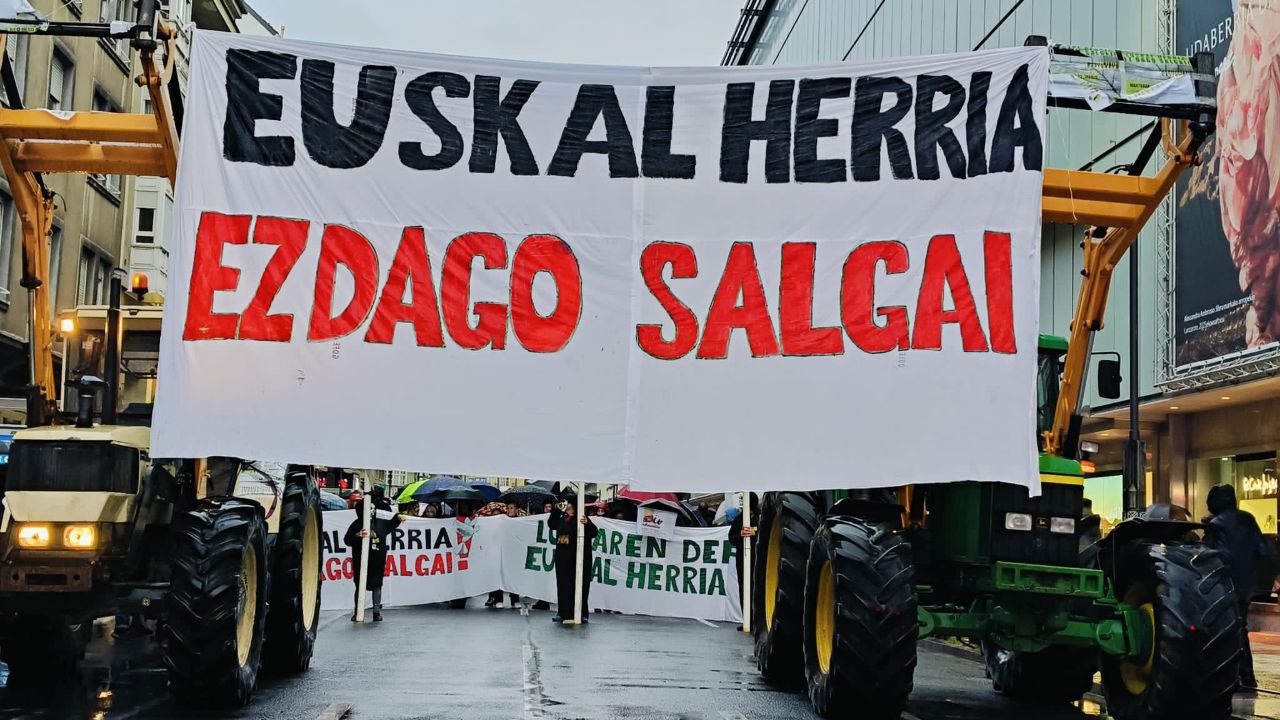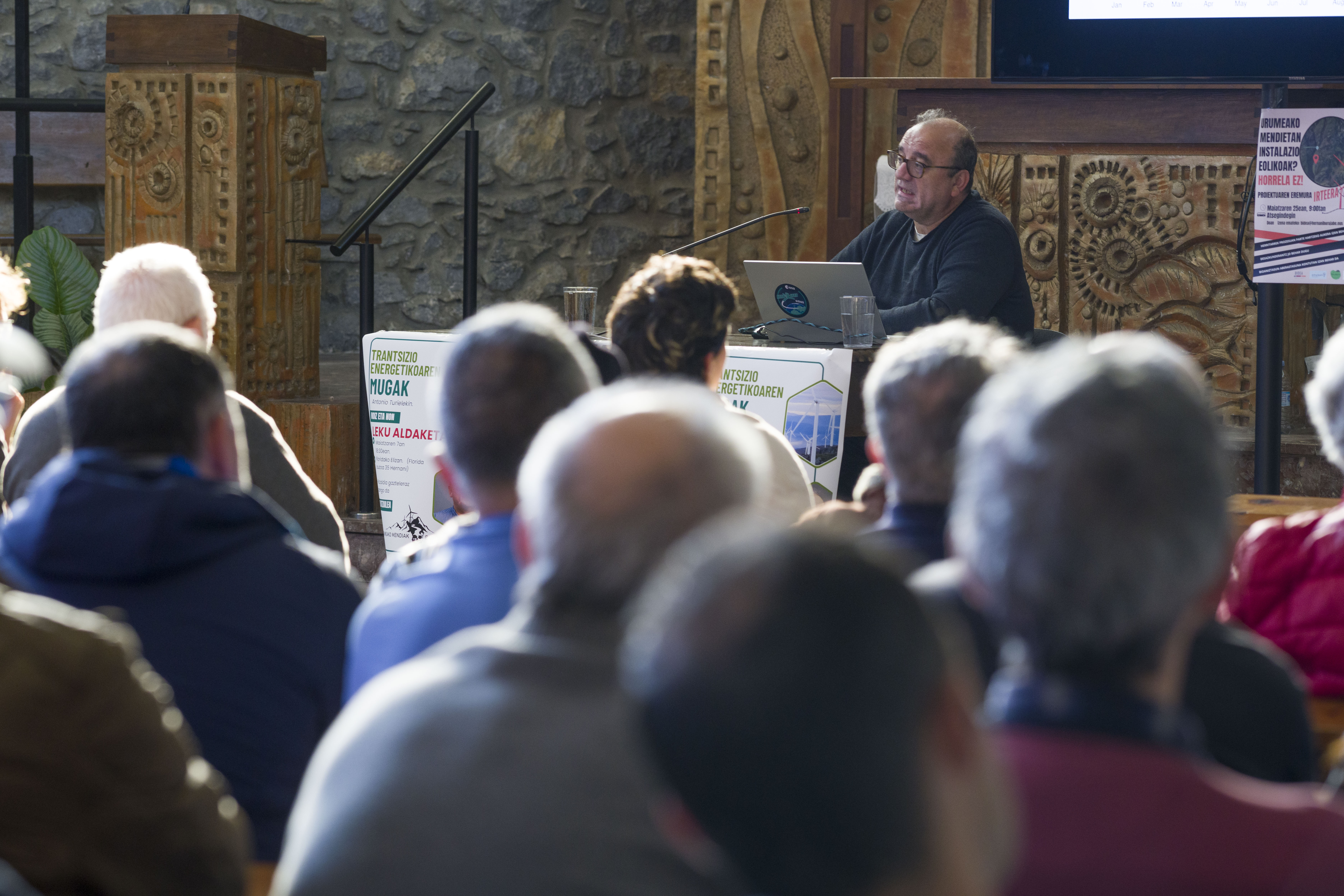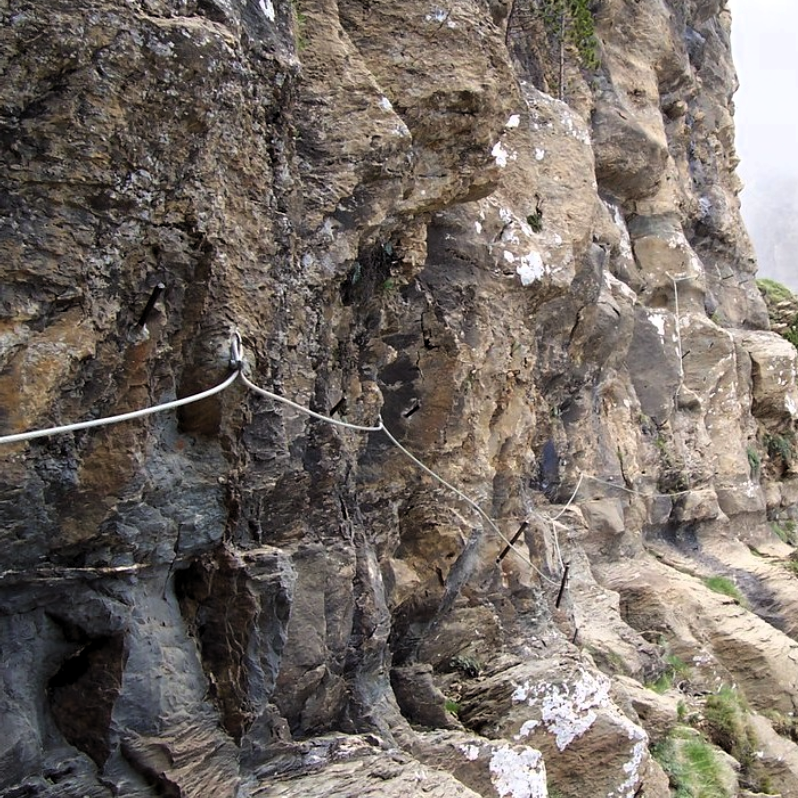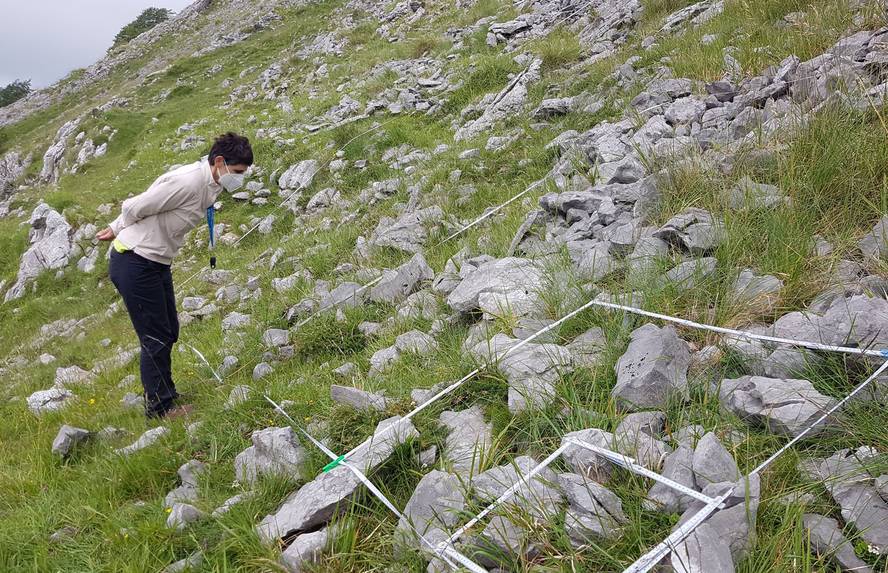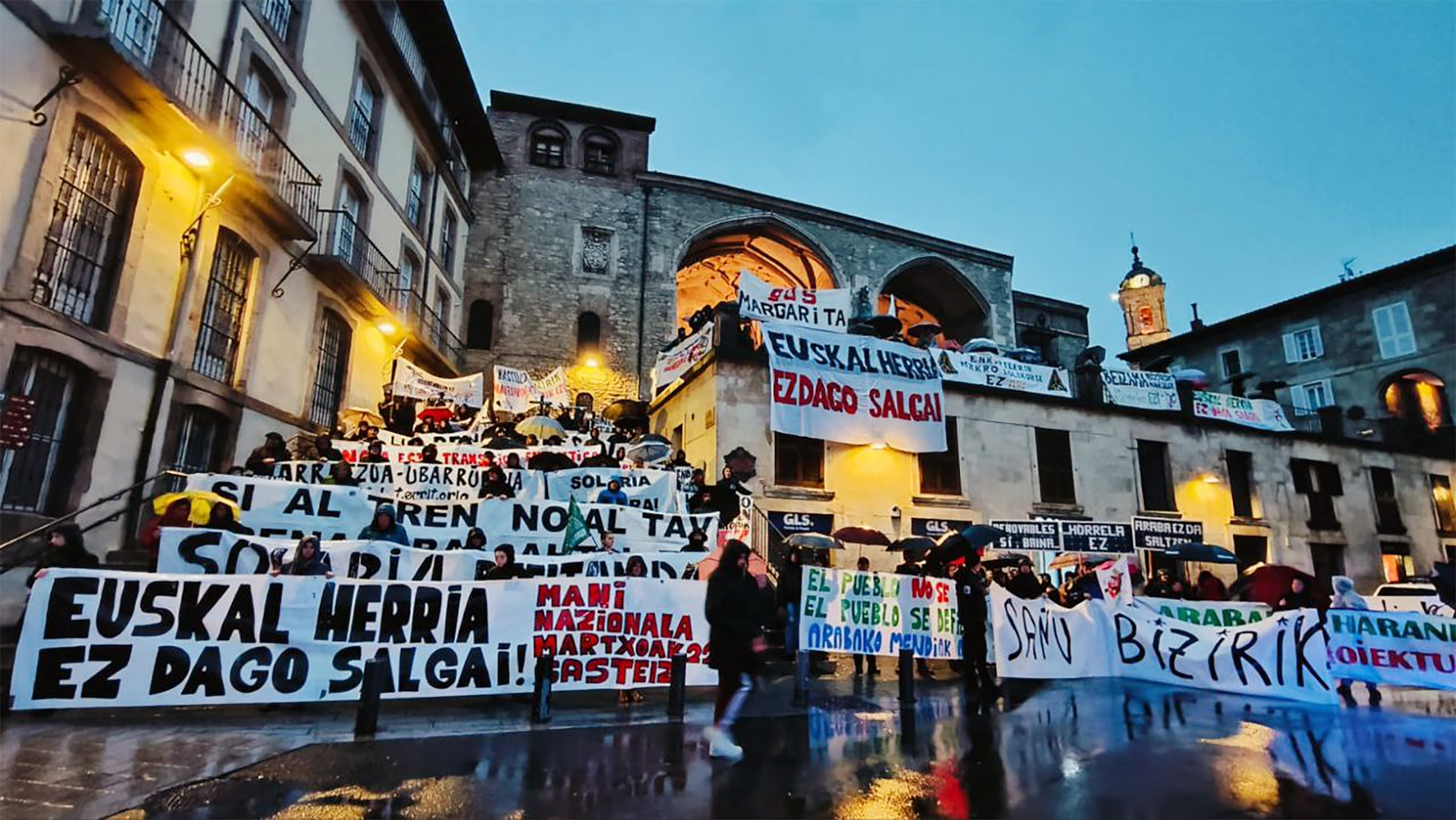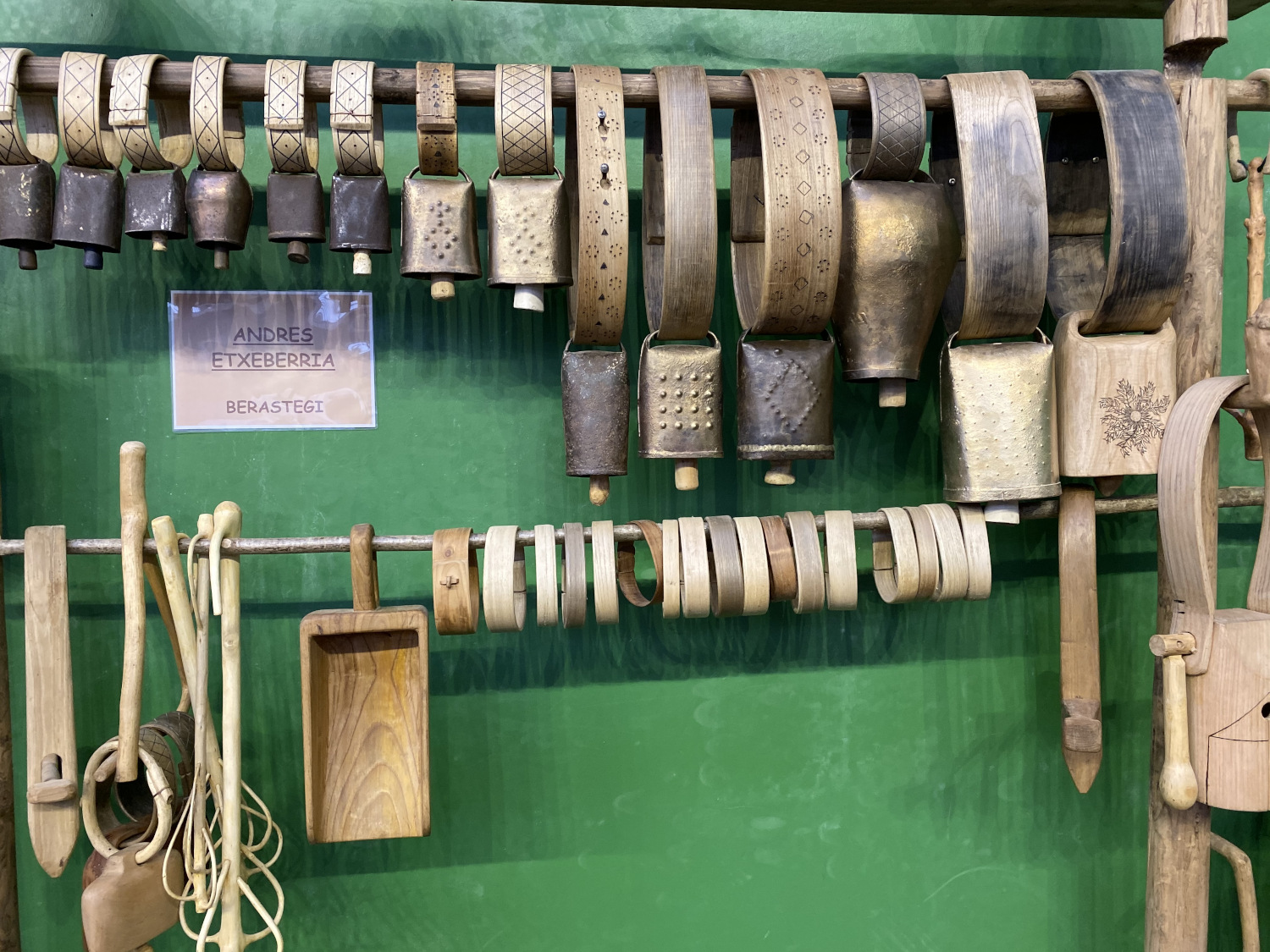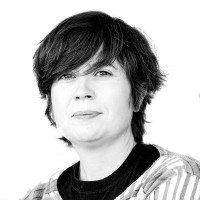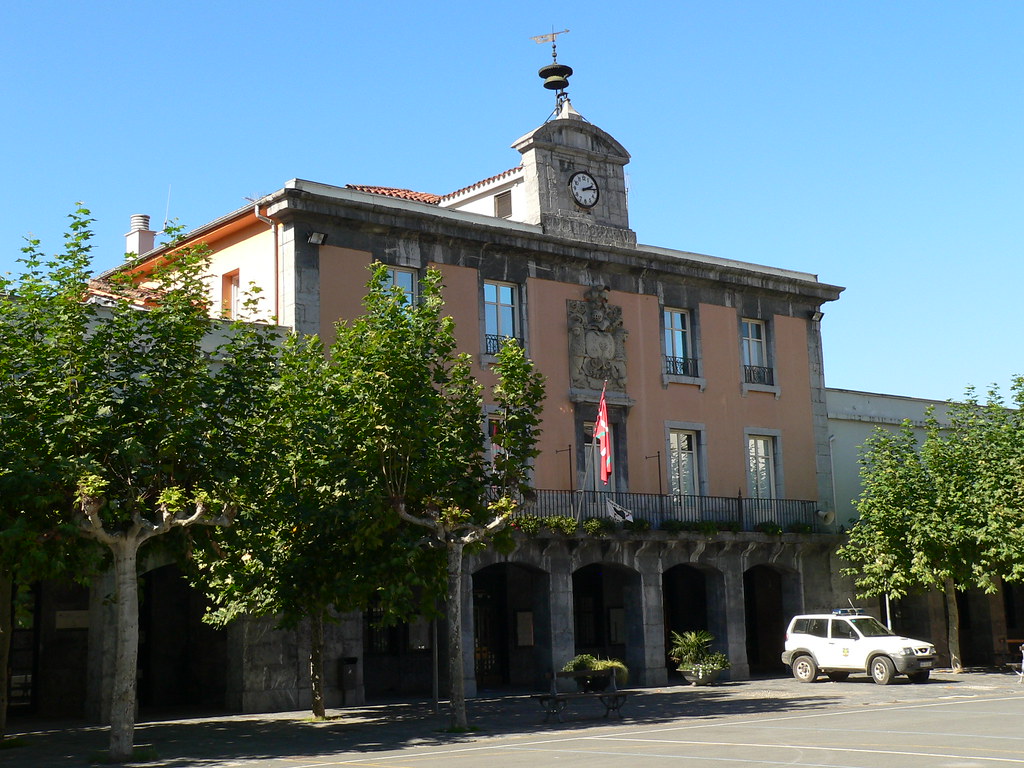Copenhagen is becoming a spongy city
- Report on the plan being developed in the Danish capital since 2011, carried out by the German media Spiegel International. During this year, flooding caused capital to flood and major economic consequences to occur. A plan has been drawn up until 2035. Parks and streets are being prepared to quickly drain large amounts of water. Designers claim to be pioneers.

Engineer Jan Rasmussen is one of the authors of the plan that the capital has prepared. The engineer says that Konpenhage, a city of large population, has few natural roads for water to escape. Therefore, he says, “water makes its own way in a dirty and muddy stream. It must be stopped and channeled so that it does not cause any harm.”
After the unpleasant surprise of 2011, the city was analyzed to see how to organize violent stormwater leaks. After the study it was found that there were three alternatives. The first option was to do nothing. They estimated that, if they did not act, the costs of disasters over the next hundred years would be EUR 2 billion. They concluded it wasn't a real option. The second alternative would be to build drainage and water wells.
The third option was more innovative and rare, but the designers of the plan consider it to be by far the most effective. They would form an underground drainage and water collection network, build parks to collect water and prepare the streets to fulfill the function of rivers during the flood season. The goal was for the city to be able to absorb water and release it slowly, even if it was a very populated area.
EUR 120 more per year
The Skybrudsplan or Cloud Management Plan has cost EUR 1.8 billion and will protect the city from the heavy rains of the next hundred years. Most of the funding has been made through the water management company, through a tax on individuals and companies. Families of 4 members experience an increase of 120 euros in their annual rate. The designers of the plan consider that given the risks of climate change, the cost is justifiable.
Underground and surface canals, green areas, roads have been built throughout the city, especially for heavy torrential rains and wells. In times of storms, these areas will be flooded, currently they are green areas for dogs, walking and recreation areas.
During these years, there have been doubts and fears of neighbors in different interventions. The authors of the Plan state that they have promoted the participation of the population, on the one hand, because they wanted their approval, but also because they wanted the citizens to act responsibly. Ditte Juul is one of the architects of Sorens’ project and says so: “If they agree with the project that has been carried out next to the house they will take care of it more easily and, for example, they will not throw waste to wells prepared to collect water.”
Automatizazioaren eta abereen inguruan kuxkuxeatzen ari nintzela, ukuilu automatizatuen informazioa hasi naiz eskuratzen. Nire idazmahaiaren erosotasunetik idazten, gizakion kontsumorako modu masiboan esplotatzen ditugun abereen bizitzak nahiko penagarriak direla iruditzen zait,... [+]








